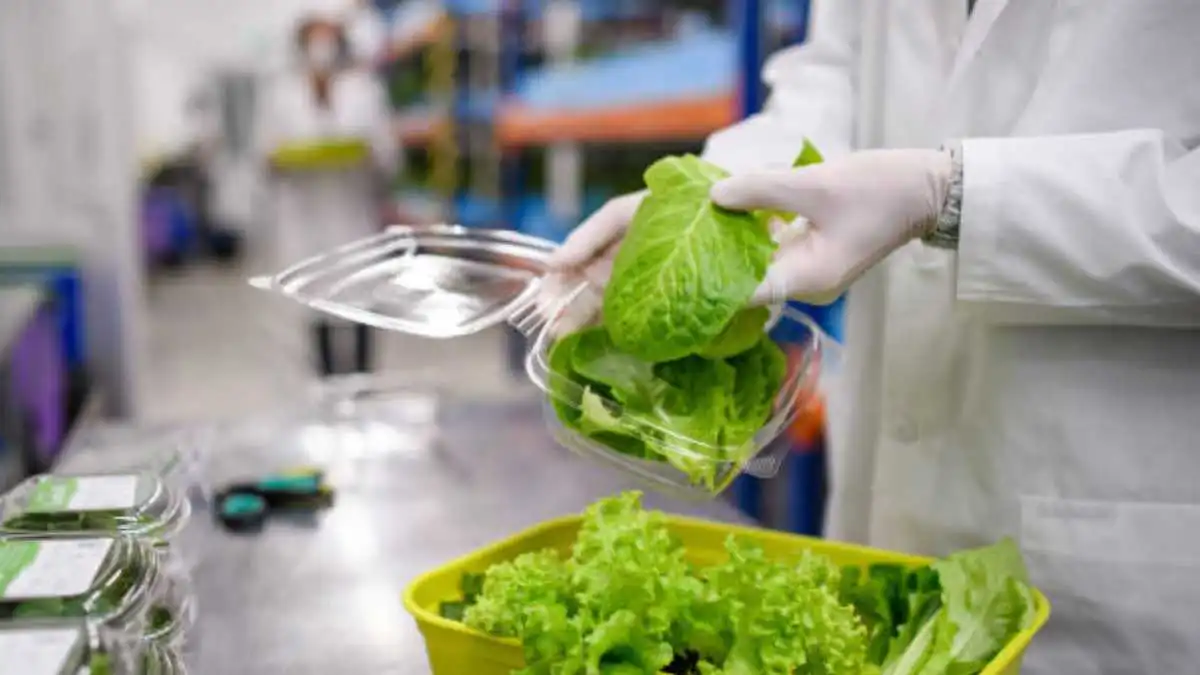GENERAL
Advances in Food Safety Testing: How Technology is Improving Listeria Detection in Packaged Salads

Listeria monocytogenes is a bacterium that poses a significant public health risk, particularly when it contaminates ready-to-eat foods such as packaged salads. Traditional methods of detecting Listeria can be time-consuming and may not always catch contamination early enough to prevent outbreaks. However, recent advances in food safety testing technologies are revolutionizing the way we detect and manage Listeria contamination. This article explores how technology is improving Listeria detection in packaged salads and enhancing food safety.
Table of Contents
Traditional Detection Methods
Traditional methods for detecting Listeria in food products involve microbiological testing, which typically includes the following steps:
- Sample Collection: Samples of the food product are collected and prepared for testing.
- Enrichment: The samples are placed in a nutrient-rich broth to promote the growth of Listeria if it is present.
- Selective Plating: Enriched samples are plated onto selective agar media that support the growth of Listeria while inhibiting other bacteria.
- Incubation: The plates are incubated at a specific temperature for 24-48 hours to allow bacterial colonies to form.
- Identification: Suspected Listeria colonies are further tested using biochemical assays and confirmatory tests to identify the bacterium.
While these methods are reliable, they can take several days to yield results, delaying necessary interventions and increasing the risk of contaminated products reaching consumers.
Advances in Food Safety Testing Technologies
Recent advances in food safety testing technologies are addressing the limitations of traditional methods and offering faster, more accurate detection of Listeria in packaged salads. Key technological advancements include:
Polymerase Chain Reaction (PCR)
PCR is a molecular technique that amplifies specific DNA sequences, allowing for the rapid detection of Listeria. The process involves extracting DNA from a food sample, amplifying target genes specific to Listeria, and detecting the amplified DNA using gel electrophoresis or real-time PCR. Advantages of PCR include:
- Speed: PCR can provide results within hours, significantly reducing the time required for detection.
- Sensitivity and Specificity: PCR is highly sensitive and specific, capable of detecting low levels of Listeria even in complex food matrices.
Loop-Mediated Isothermal Amplification (LAMP)
LAMP is a rapid molecular technique that amplifies DNA at a constant temperature, eliminating the need for thermal cycling. LAMP assays for Listeria detection offer several benefits:
- Speed: Results can be obtained within 30 minutes to an hour.
- Simplicity: LAMP is easy to perform and does not require sophisticated equipment, making it suitable for on-site testing.
Next-Generation Sequencing (NGS)
NGS is a powerful tool that enables comprehensive analysis of genetic material in a food sample. By sequencing the entire genome of bacteria present in a sample, NGS can identify Listeria and other pathogens with high resolution. Advantages of NGS include:
- High Throughput: NGS can analyze multiple samples simultaneously, providing a broad overview of microbial communities.
- Detailed Genetic Information: NGS offers detailed genetic data, enabling precise identification of Listeria strains and their virulence factors.
Biosensors
- Biosensors are devices that combine biological recognition elements with electronic transducers to detect specific analytes, such as bacterial pathogens. Biosensors for Listeria detection offer several advantages:
- Real-Time Monitoring: Biosensors can provide real-time detection of Listeria, allowing for immediate intervention.
- Portability: Biosensors are compact and portable, making them suitable for use in various settings, including food processing facilities and retail environments.
Immunoassays
Immunoassays use antibodies to detect specific antigens, such as Listeria proteins, in a food sample. Enzyme-linked immunosorbent assays (ELISA) and lateral flow assays are common immunoassay formats used for Listeria detection. Advantages of immunoassays include:
- Speed: Immunoassays can provide results within a few hours.
- Ease of Use: These assays are simple to perform and require minimal technical expertise.
Impact on Food Safety
The integration of advanced technologies into food safety testing has several positive impacts:
- Faster Detection: Rapid testing methods enable quicker identification of Listeria contamination, allowing for timely interventions and reducing the risk of contaminated products reaching consumers.
- Improved Accuracy: Advanced molecular techniques and biosensors offer high sensitivity and specificity, reducing the likelihood of false positives and negatives.
- Enhanced Traceability: Detailed genetic information from NGS can help trace the source of contamination and identify specific strains involved in outbreaks, aiding in more effective recall efforts.
- On-Site Testing: Portable testing methods, such as LAMP and biosensors, enable on-site testing in food processing facilities and retail environments, providing immediate results and facilitating real-time decision-making.
Conclusion
Advances in food safety testing technologies are revolutionizing the detection of Listeria in packaged salads. The development and integration of rapid, accurate, and portable testing methods are enhancing our ability to identify contamination early and take swift action to protect public health. By leveraging these technological advancements, we can improve food safety, reduce the incidence of listeriosis, and ensure the safety of ready-to-eat foods.
-

 GENERAL2 months ago
GENERAL2 months agoUncovering the World of кинокрадко: The Dark Side of Film Piracy
-

 GENERAL1 month ago
GENERAL1 month agoUnveiling the Art of преводсч: How Translators Bridge Language Barriers
-

 GENERAL3 weeks ago
GENERAL3 weeks agoChristofle – For Those Who Dream of Family Heirloom Silver
-

 YOGA1 year ago
YOGA1 year ago4 Person Yoga Poses for Beginners


























